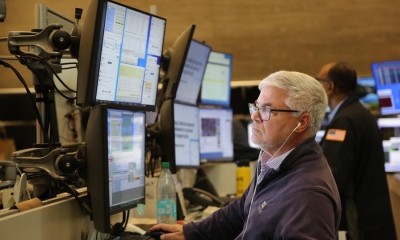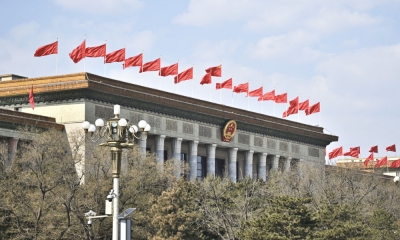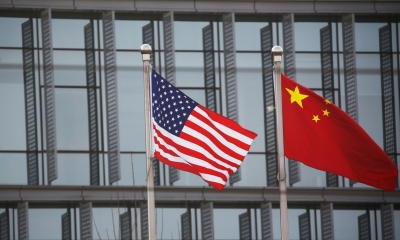Countries Will Look to China for Sustenance After Emerging from COVID Restrictions
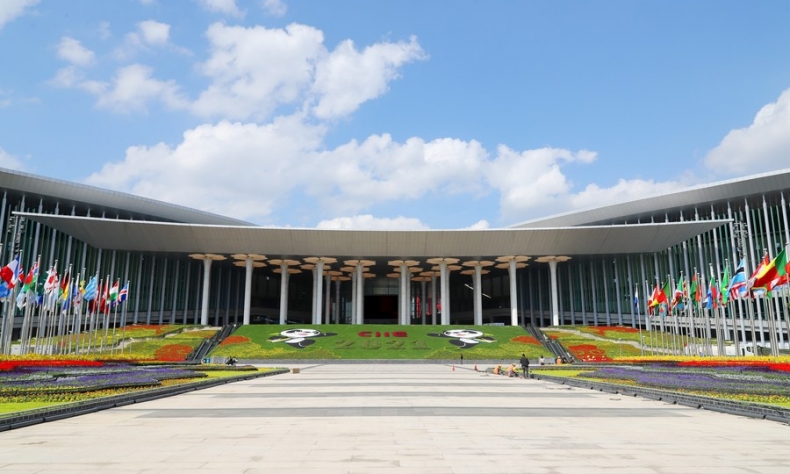
In the long run, it will also become clear that the revival of the world economy can only be accomplished through greater cooperation rather than through cut-throat competition.
Some of the “wags” in the international financial media are doing some crowing over their conjectured China’s imminent economic demise, pointing to the country’s slowing down in GDP growth in the third quarter (Q3), which stood at 4.9 percent over the same period of last year. It was much slower than the increase of 18.3 percent in Q1 and 7.9 percent in Q2. And they in particular dwelt on China’s Evergrande crisis and recent power shortages. London’s Financial Times trumpets, “China Manufacturing Slows As Property and Energy Woes Hit Economy” while Bloomberg highlights, “China Economy Weakens As Power Crunch, COVID Rules Hurt.” But, as so often has been the case in times past, the oracles of the London-New York financial press are wrong again. China is opening the fourth China International Import Expo in Shanghai in early November and the turnout from international companies is quite sizeable with many high-tech firms eager to tap into the Chinese market. The opening of the expo this year is also a very positive sign to the world that the economy will again start coming back to life in the aftermath of the COVID pandemic. China’s ability to quickly get a handle on the pandemic and maintain tough measures to prevent the spread of the new strains have allowed it to keep much of its industrial chains intact during this difficult period.
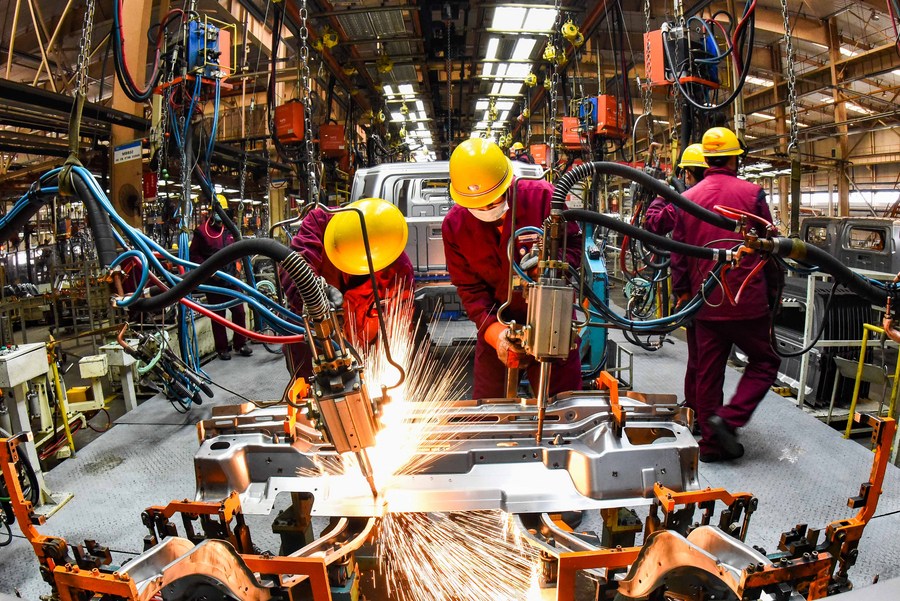
As a matter of fact, the first three quarters have seen China register a 9.8 percent GDP growth, well above the annual growth target of over 6 percent. What’s more, the third quarter has witnessed the whole world slow down in economic recovery due to an array of factors including the raging pandemic, surging commodity prices, labor shortages and extreme weathers, in comparison with Q2. The International Monetary Fund (IMF) in its October forecast indicated that the Chinese economy will grow by 8 percent in 2021, while the global economy on the whole will expand by 5.9 percent, both down by 0.1 percentage points from its July’s forecast. However, the 8 percent growth projection did reflect the IMF’s confidence in the Chinese economy.
The international commentators though, as they so often do, have a difficult time understanding the workings of the Chinese economy, which combines the flexibility of the market mechanism with the safety mechanism provided by the strong hand of the central authorities. China’s reaction to the two crises mentioned above reveal the workings of this mechanism. With regard to Evergrande, the burgeoning debt of the company is largely due to the speculative expansion of the housing sector. The tightening restrictions on housing investment for speculative profits by the government while promoting the concept of housing for people to live in, cut the ground from under Evergrande and its international investors. Unlike most Western governments when facing similar straits, the Chinese government is not going to bail out the company with public funds. Portions of the company have been sold off and some investors will have to take a financial “haircut.” In the end, this will not seriously affect the Chinese economy as a whole.
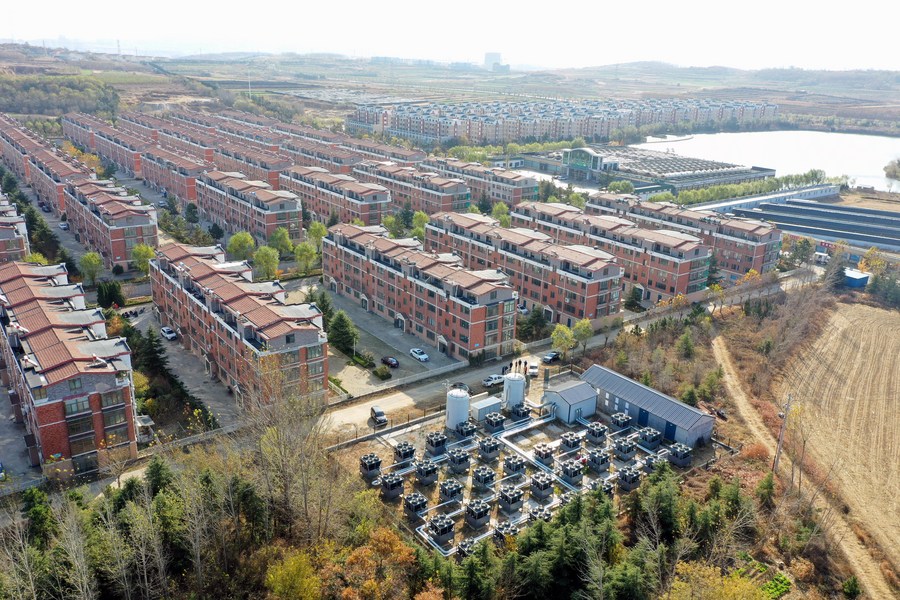
With regard to power shortages, many aspects could be factored in, ranging from the country’s goal for carbon peak and carbon neutrality to the rising power demand. However, one of the primary problems was the rapidly rising price of coal. This had little to do with the price of coal at the “point of production,” but, as is often the case with energy prices, with the speculation on the futures market. On October 19, the National Development and Reform Commission (NDRC) gathered key coal enterprises, the industry association, and the China Electricity Council to study ways and means to intervene. At the same time, it sent a team to the Zhengzhou Commodity Exchange, where a symposium was being held. Price moves of thermal coal futures since the start of the year were analyzed at the symposium, and in the end it concluded with a decision to sternly crackdown on malicious speculative bets on thermal coal futures and set a maximum 10 percent limit up or down on daily price fluctuation. After this series of measures was implemented, the capital market moved in response, and the coal futures market and the stock market fell simultaneously. While pricing is still largely determined by the “workings of the market,” when the market turns erratic, the Chinese government will step in. This has proven quite effective in dealing with the present problems China has been facing.
The underlying dynamic of the Chinese economy has not changed despite these various challenges. While the increased export during the last few months has placed a strain on productions, China is still weaning itself off of its dependence on export for growth and relying more on domestic consumer demands, which is continuing to grow. The continued increase in urbanization and the policy shift toward creating a “common prosperity” means increasing the standard of living for the poorest members of society. This represents a tremendous pool of pent-up demands which will be released with the implementation of these policies. In spite of the U.S.’s efforts to maintain the restrictive tariffs on China, as countries come out of the COVID restrictions, they will also be drawn to the Chinese supply chain for the products they need to rebuild their crippled economies, as we have seen over the last few months.
In the long run, it will also become clear that the revival of the world economy can only be accomplished through greater cooperation rather than through cut-throat competition. This has been guidance for China’s policy-making since the beginning of its reform and opening-up. Restrictive tariffs and the “beggar-thy-neighbor” policy will only lead to greater costs and further exacerbate the recovery. In the post-COVID era, the world must find a new paradigm for development based on cooperation and solidarity and not a zero-sum game.
 Facebook
Facebook
 Twitter
Twitter
 Linkedin
Linkedin
 Google +
Google +




